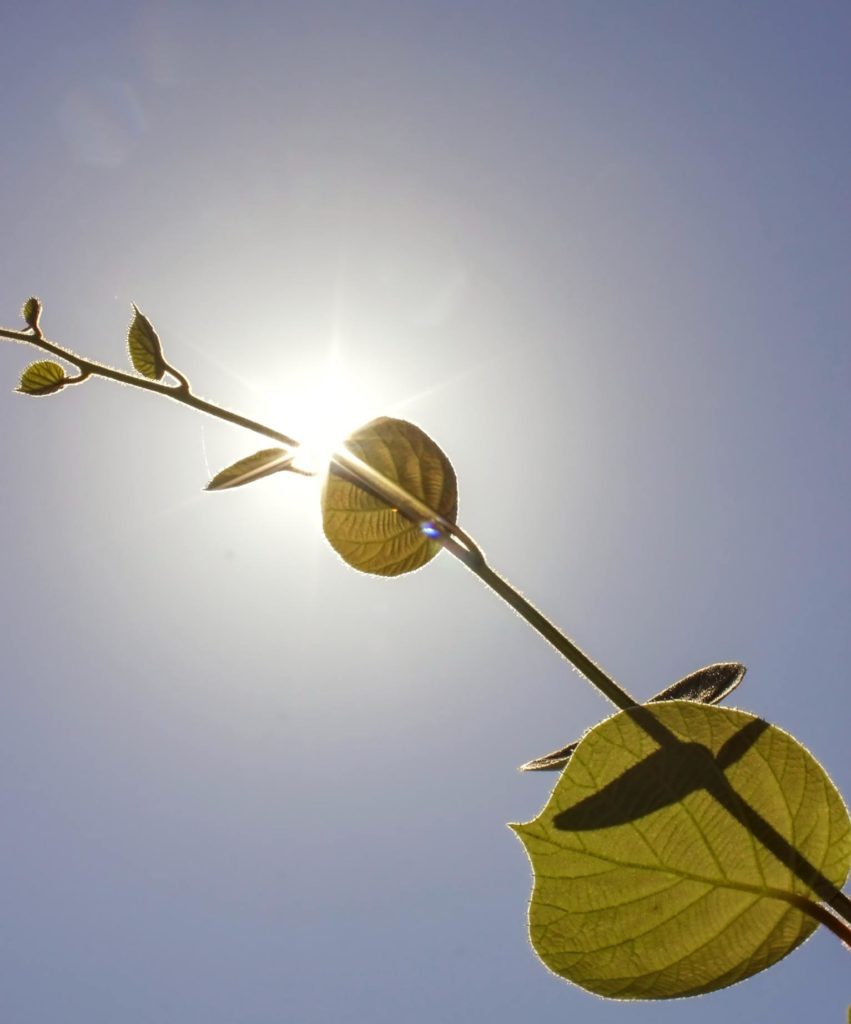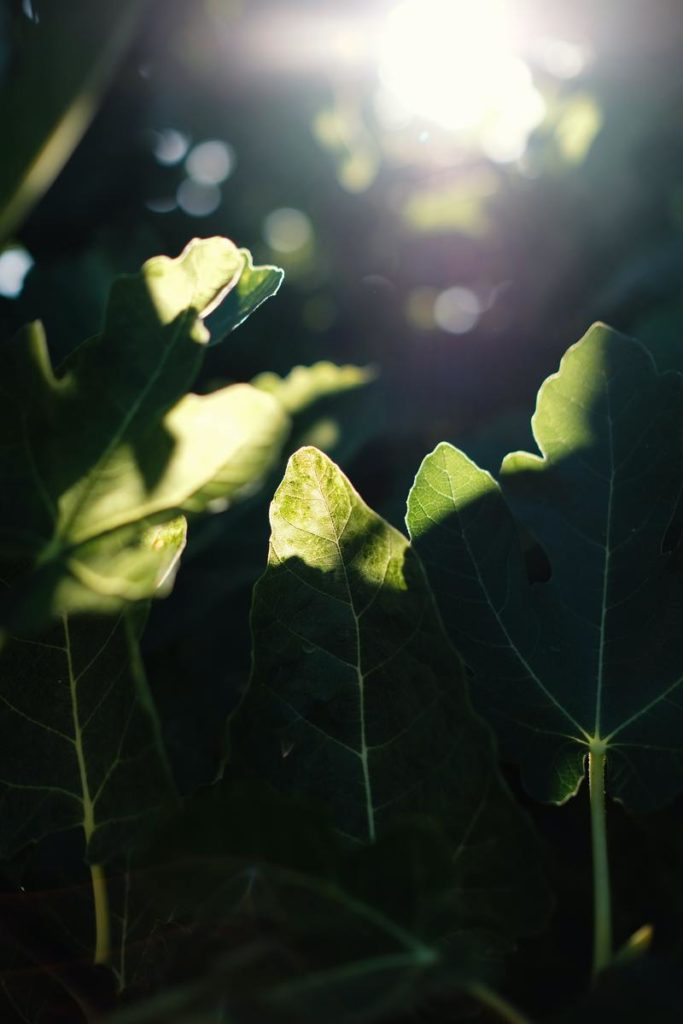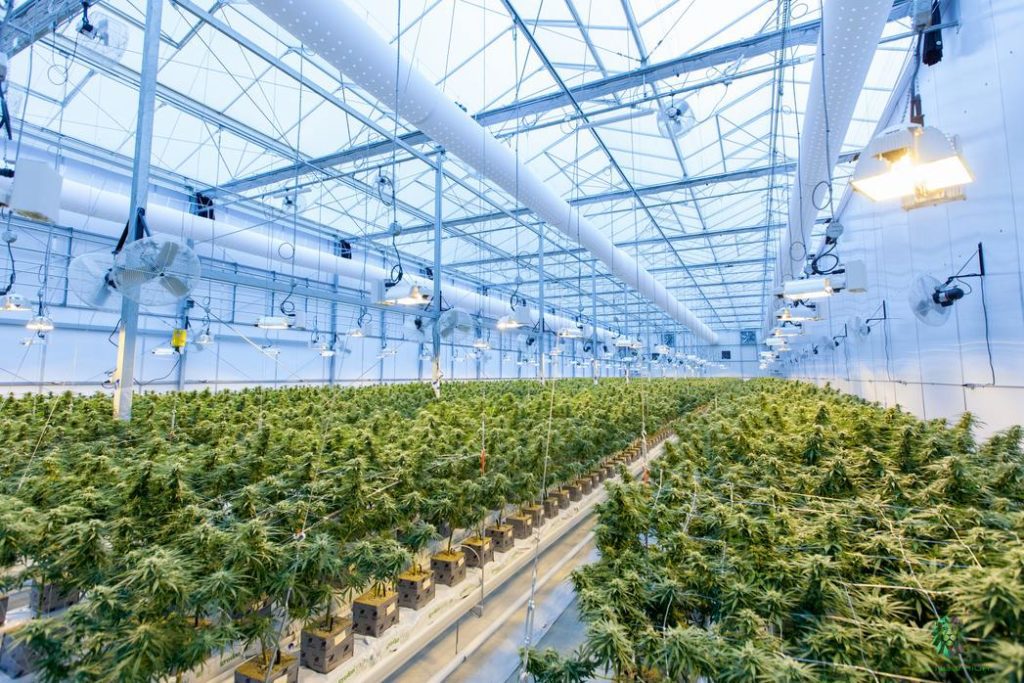Tag: Legal Cannabis
How does the circadian rhythm affect cannabis yield improvement? The planet spins on its axis to complete one rotation every 24 hours. On all places on Earth, this brings light and dark cycles almost every day. Therefore, it goes without saying that any life which evolved on such a planet would have distinct synchronisation between its biology and the day and night periods. Given that primary production on the Earth is driven almost entirely by photosynthesis, billions of years of evolution have refined the internal mechanisms that not only allow organisms to sense the day and night, but also allow them to gauge where in the day/night cycle they are. This means many organisms have the ability to essentially tell the time, a mechanism which is vital from an evolutionary standpoint as it enables them to regulate their internal processes and responses to changing external conditions. This capability allows for pre-empting day/night cycles, and is influential in a wide range of processes including, but not limited to, growth, metabolism, signalling and behaviour.

Interestingly, in humans, as we age our circadian rhythm changes slowly but dramatically. For example, during teenage years our internal clocks are affected by hormone production – this tends to push the circadian cycles backwards towards staying up later at night and therefore having waking times later in the day. The old adage that teenagers sleep all day is actually biological based and is a function of the shifting mechanisms that govern sleep cycles (Crowley et al 2007).
Plant Circadian Clocks

Plants also have internal clock mechanisms which are highly sensitive to external influences, such as daylight and temperature. This essentially means that, if we were to fly a plant from New York to London, it would suffer jet lag just as humans do. Furthermore, plants can respond much more rapidly to a change in their day/night cycle than mammals can, so if you and your plant took this journey, the plant would recover from the jet lag far more quickly than you would.
As early as 1729, observations of the rhythmic movement of leaves were documented (de Mairan 1729), with Charles & Francis Darwin publishing on this phenomenon over 150 years later (Darwin and Darwin 1880).
.
What is the circadian clock?

The circadian clock is a collection of internal mechanisms which take cues from external stimuli to regulate processes, some of which are essential to life. In plants, the major external factors are light and temperature, however, the internal mechanisms that respond to these cues are complex and diverse. Moreover, many genes are expressed in a cyclic pattern which is synchronised by the light/dark periods. For example, in the model organism Arabidopsis thaliana, over 6% of the genes follow a circadian pattern of expression (Harmer et al 2000, Schaffer et al 2001). However more than 1/3 of the total genes expressed are influenced by circadian controlled genes (Covington et al 2001).
The circadian clock is a collection of internal mechanisms which take cues from external stimuli to regulate processes, some of which are essential to life. In plants, the major external factors are light and temperature, however, the internal mechanisms that respond to these cues are complex and diverse.
Moreover, many genes are expressed in a cyclic pattern which is synchronised by the light/dark periods. For example, in the model organism Arabidopsis thaliana, over 6% of the genes follow a circadian pattern of expression (Harmer et al 2000, Schaffer et al 2001). However more than 1/3 of the total genes expressed are influenced by circadian controlled genes (Covington et al 2001).
How can the expression of genes result in time keeping?
The build-up of certain circadian components, and the subsequent degradation of said components (which oscillate over day and night) enable organisms to measure, for example, day length (Mas et al 2003, Kiba et al 2007, Fujiwara et al 2008). Here is a simplified generalisation of this process: If the presence of light results in the synthesis of protein A, this protein will build up as the day progresses. Once the light disappears, protein A will then begin to degrade, resulting in the reduction of the amount of protein A overnight.
Assuming protein A is synthesised at the same rate as it is degraded, if the pool of protein A is emptied by the time the next day begins, the plant knows there is more night than day. When exposed to long day, the pool of protein A will not be emptied overnight due to the shorter duration of dark periods. Conversely, if the daylight period is short, resulting in less build-up of the protein, then the longer dark period in this scenario will completely degrade all protein A. This is a feature seen in flower initiation and seasonal recognition (Carre 2001, Yanovsky 2002, Mizoguchi 2009). As stated, this is something of a generalisation, and many intricacies are at play. For a more descriptive explanation, readers are encouraged to read Lee et al 2019, where the degradation of the clock component ZTL is explained and the light dark pivot is well laid out.
Tailored Cultivation Planning and Training for cannabis yield improvement
Given the challenges associated with growing new and unfamiliar cultivars, many growers require continued support beyond the genetics selection process. PharmaSeeds’ industry-leading plant scientists therefore work with each individual grower to devise a tailored cultivation plan, guiding them through those all-important first cycles to support cannabis yield improvement. To further enhance chances of success, PharmaSeeds also researches the latest seed priming and coating technologies that can speed up germination, boost plant health and increase yield.
Photoperiod in Cannabis and yield improvement

What does this mean in relation to the cultivation of Cannabis? The standard set photoperiods for indoor cannabis growth is generally 18:6 light:dark in vegetation and 12:12 light:dark in flower. There is anecdotal evidence, however, that photoperiods of this standard are not optimal for every cultivar available, and indeed some breeders have provided examples of cultivars with different flowering light periods. Stewart Maxwell, an expert horticulturist and experienced commercial cannabis grower based in B.C., Canada, published an interesting article suggesting an alternative to the standard light regime. He suggests that, after the initial flower induction at 12:12 for 6-8 days, most cultivars will continue to flower at 13.5:10.5 light:dark for the next 5 weeks, before going back to 12:12 for the finishing weeks. Maxwell claims this increases the plant’s photosynthetic potential and results in an increase in yield (Maxwell 2021, greenhousegrower.com). Cultivators with suitable resources should be encouraged to experiment with this, but should remain aware that the genetics determine most outputs, and disruption to photoperiod or dark period can result in stress associated with hermaphroditism. As such, any experimentation should be carefully planned, and any plan adhered to strictly, without deviation, which could increase likelihood of failure.
Want to read more articles from PharmaSeeds? Visit our knowledge centre to view the full library.